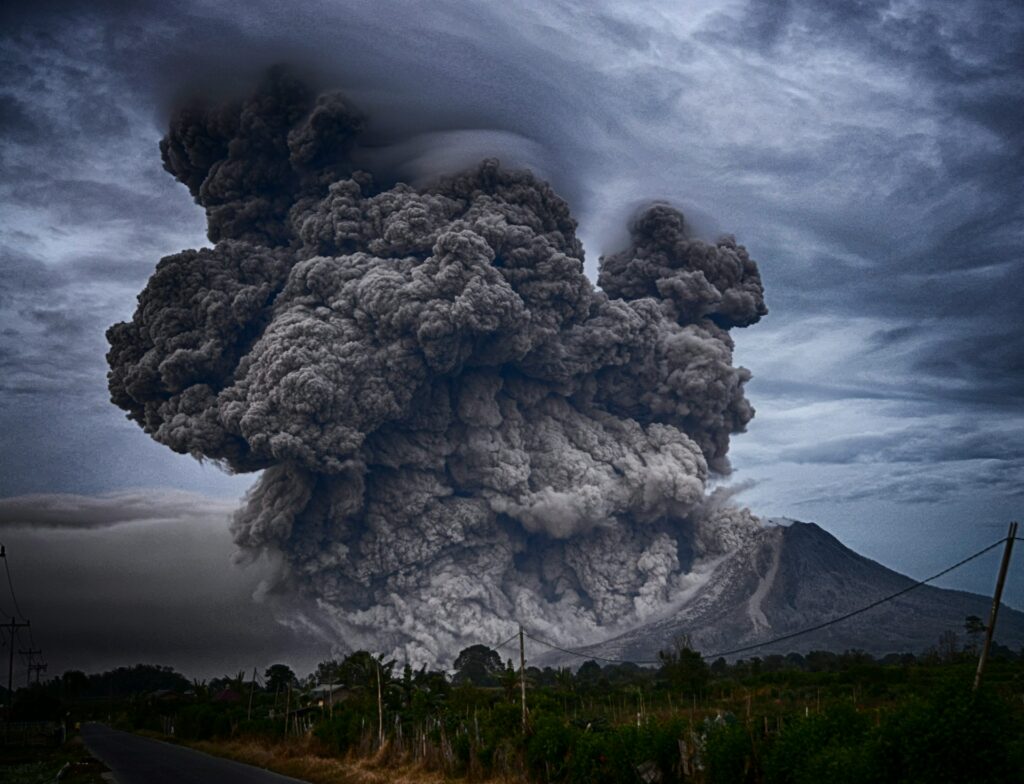Most Recent News


Popular News



Americans are not getting laid. Especially young men whose numbers have increased immensely. Why? Well, let’s see what the data tells us.
The data is out. New information from the General Social Survey has dropped interesting figures on sex in America.

The data is fascinating. 23% of people in my age bracket are not getting together.
See the following graphs (Courtesy of FreeBeacon.org and WashingtonPost):






I am unable to fully comprehend this. With how overly sexualized our society is, it seems insane to consider that 23% of my age bracket (18-29) have not had sex in an entire year.
What are they doing? It is an entire year. I thought a month was a long time.
There is so much to unravel here.
Let’s go through a take-away list:
This is baffling, honestly.
Even with the rise of hookup culture, feminism, and degenerate apps like Tinder, we are still seeing a decline in sex in the demographic that is most-likely to be affected by these items (18-29).
Additionally, it’s become almost a meme that married people never have sex. Yet it seems the opposite is true: married people are out-bunnying everyone at every age.
There are a few things that are pretty obvious. Such as older people have less sex and the decline in sex is most noticeable due to men.
But the rest of these? I’m not entirely sold on any specific reason.
Sure, men are avoiding marriage in higher numbers due to significant societal stressors.
And MGTOW has become a “thing”.
And gender relations are not in the best state of affairs.
Yet none of these could fully explain the increase. These may affect it a bit, but not entirely.
How do I know this? Simple. Because women’s rates of sexless-ness in a given year did not increase as significantly as men’s.
All three of those issues are men-driven. Yet women are still having sex. So it’s not men driving this phenomenon.
It’s likely women are going for a smaller number of higher quality men. One man, two girls. Or seven or so.
This is obvious given the data. If 18% of women are sexless in a year and 28% of men are, then there is some overlap in the sexually active men getting women.
Likewise, women generally hover around 15% mark, so while 18% is an increase, it is not that significant. Compared to men, who also historically hovered around 15%, are now at that insane 28%.
So while anyone can have an opinion of why this is occurring, we know that it is largely women going for the upper tier men that already have (and utilize) options. Leaving the other men to become this iconic statistic.
An interesting phenomenon, for sure. I’d be interested to know why women are more likely to be going for the same men now compared to the preceding years. Or if there was just such a large overlap in earlier years that it resulted in diminished numbers for both sexes.
There are 5000 articles online discussing this right now, all with different opinions of why this is happening. Some say Tinder, some say technology, some say x, some say y, but I have not seen any discuss this root issue. Women are going after the same men. Most of this increase is driven solely by certain men not getting laid. Women are still in pretty equalized numbers, so it’s not all of us having less sex. It’s women picking differently.
Why? I don’t know. I can’t answer that. I’m not sure anyone truthfully could. It’s probably a combination of many things.
But I am interested to see where this goes. Will this incentivize men to get better so they can actually get laid, or will it just create Japan-like ‘herbivores’ (men with no interest in sex) in the coming decades? Or some potential that I haven’t even considered?
We’ll have to wait and see.
Comments are closed.
(Learn More About The Dominion Newsletter Here)
Women are picking differently, therefore men need to get better. Interesting jump in reasoning there.
Not a jump in reasoning, just facts. Throughout all of history women have been the ones who make the requirements and rules for relationship affairs. If they changed the rules, men adapt. Maybe “better” isn’t the best word, but “adapt” is. This is common throughout practically all of our recorded history. Due to the nature of gender interaction, men have never been the ones who decide how these things work.
Ever hear of the thing where 80% of the woman go for the top 20% of the men? Well in this app hook up culture these numbers are manafesting. Women are becoming more choosy and the top tier men are getting multiple partners. What blows your mind is the actual flip side of these numbers…20% of guys that are not getting laid are not doing so by choice, due to hypegamy they are getting passed over. It’s the bottom 20 % of guys that are ugly/geeky/broke. Think Mark Zuckerberg if he worked at a gas station. Seeing that you can’t understand it, you obviously are lucky enough not to be in that lower 20%